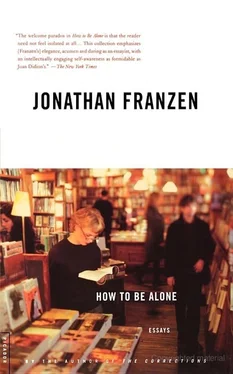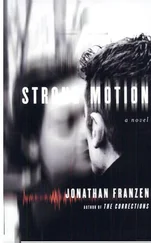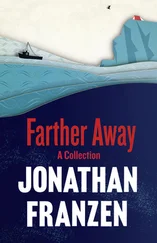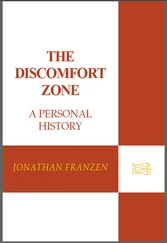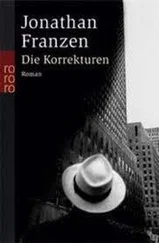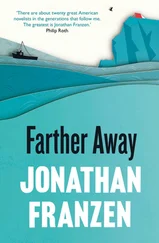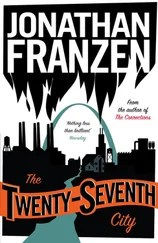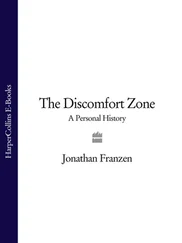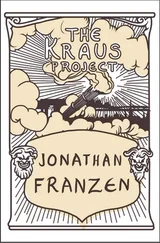There was a siege going on: it had been going on for a long time, but the besieged themselves were the last to take it seriously.
— from Desperate Characters
When I got out of college in 1981, I hadn’t heard the news about the death of the social novel. I didn’t know that Philip Roth, twenty years earlier, had already performed the autopsy, describing “American reality” as a thing that “stupefies. . sickens. . infuriates, and finally. . is even a kind of embarrassment to one’s own meager imagination. The actuality is continually outdoing our talents. . ” I was in love with literature and with a woman to whom I’d been attracted in part because she was a brilliant reader. I found a weekend job that enabled both of us to write full time, and almost every night we read for hours, swallowing whole the oeuvres of Dickens and Proust, Stead and Austen, Coover and DeLillo.
In retrospect it seems ominous that although I had plenty of models for the kind of uncompromising book I wanted to write, I had only one model for the kind of audience I hoped that book might find: Joseph Heller’s Catch-22 . Heller had figured out a way of outdoing the actuality, employing the illogic of modem warfare as a metaphor for the more general denaturing of American reality. His novel had infiltrated the national imagination so thoroughly that my Webster’s Ninth Collegiate gave no fewer than five shades of meaning for the title. That no challenging novel since Catch-22 had affected the culture anywhere near as deeply, just as no issue since the Vietnam War had galvanized so many alienated young Americans, was easily overlooked. In college my head had been turned by Marxism, and I believed that “monopoly capitalism” (as we called it) abounded with “negative moments” (as we called them) that a novelist could trick Americans into confronting if only he could package his subversive bombs in a sufficiently seductive narrative.
I began my first novel as a twenty-two-year-old dreaming of changing the world. I finished it six years older. The one tiny world-historical hope I still clung to was to appear on KMOX Radio, “the Voice of St. Louis,” whose long, thoughtful author interviews I had grown up listening to in my mother’s kitchen. My novel, The Twenty-Seventh City , was about the innocence of a Midwestern city — about the poignancy of St. Louis’s municipal ambitions in an age of apathy and distraction — and I looked forward to forty-five minutes with one of KMOX’s afternoon talk-show hosts, whom I imagined teasing out of me the themes that I’d left latent in the book itself. To the angry callers demanding to know why I hated St. Louis I would explain, in the brave voice of someone who had lost his innocence, that what looked to them like hate was in fact tough love. In the listening audience would be my family: my mother, who wished that I would come to my senses and quit writing, and my father, who hoped that one day he would pick up Time magazine and find me reviewed in it.
It wasn’t until The Twenty-Seventh City was published, in 1988, that I discovered how innocent I still was. The media’s obsessive interest in my youthfulness surprised me. So did the money. Boosted by the optimism of publishers who imagined that an essentially dark, contrarian entertainment might somehow sell a zillion copies, I made enough to fund the writing of my next book. But the biggest surprise — the true measure of how little I’d heeded my own warning in The Twenty-Seventh City —was the failure of my culturally engaged novel to engage with the culture. I’d intended to provoke; what I got instead was sixty reviews in a vacuum.
My appearance on KMOX was indicative. The announcer was a journeyman with a whiskey sunburn and a heartrending comb-over who clearly hadn’t read past Chapter 2. Beneath his boom mike he brushed at the novel’s pages as though he hoped to absorb the plot transdermally. He asked me the questions that everybody asked me: How did it feel to get such good reviews? It felt great, I said. Was the novel autobiographical? It was not, I said. How did it feel to be a local kid returning to St. Louis on a fancy book tour? It felt obscurely disappointing. But I didn’t say this. I had already realized that the money, the hype, the limo ride to a Vogue shoot weren’t simply fringe benefits. They were the main prize, the consolation for no longer mattering to the culture.
Exactly how much less novels now matter to the American mainstream than they did when Catch 22 was published is anybody’s guess. Certainly there are very few American milieus today in which having read the latest work of Joyce Carol Oates or Richard Ford is more valuable, as social currency, than having caught the latest John Travolta movie or knowing how to navigate the Web. The only mainstream American household I know well is the one I grew up in, and I can report that my father, who was not a reader, nevertheless had some acquaintance with James Baldwin and John Cheever, because Time magazine put them on its cover, and Time , for my father, was the ultimate cultural authority. In the last decade the magazine whose red border twice enclosed the face of James Joyce has devoted covers to Scott Turow and Stephen King. These are honorable writers, but no one doubts it was the size of their contracts that won them covers. The dollar is now the yardstick of cultural authority, and an organ like Time , which not long ago aspired to shape the national taste, now serves mainly to reflect it.
The situation is no different at other national publications. The New Yorker has banished its fiction to the back pages and reduced its frequency; The New York Times Book Review now reviews as few as two fiction titles a week (fifty years ago, the fiction to nonfiction ratio was 1:1); and magazines like The Saturday Review , which in the Sixties still vetted novels by the bushel, have entirely disappeared. “Our space for books has been shrinking for several years,” says an editor I know at Newsweek . “To understand why, you only have to look at what that space is now devoted to: stories relating to technology, cyberanything; stories relating to money in any fashion; and stories relating to all areas of youth culture. It’s the print media that are leading the way in pushing books off the map.”
Anthony Lane, in a pair of recent essays in The New Yorker , has demonstrated that while most of the novels on the contemporary best-seller list are vapid, predictable, and badly written, the best-sellers of fifty years ago were also vapid, predictable, and badly written. Lane’s essays usefully destroy the notion of a golden pretelevision age when the American masses had their noses stuck in literary masterworks; he makes it clear that this country’s popular tastes have gotten no worse in half a century. What has changed is the economics of book publishing. The number-one best-seller of 1955, Marjorie Morningstar , sold 191,000 copies in bookstores; in 1994, in a country less than twice as populous, John Grisham’s The Chamber sold 3.2 million, American publishing is now a subsidiary of Hollywood [2] Certain novelists now regularly receive calls from movie-industry scouts asking about the progress of their book; when the manuscript is completed, often one copy will go to Manhattan and another to Los Angeles.
, and the blockbuster novel is a mass-marketable commodity, a portable substitute for TV. Nonfiction sells even better, since we live in an Information Age and books remain the most convenient source of information. That Americans bought a record 2.19 billion books in 1995, therefore, says no more about the place of the literary imagination in American life than the long run of Cats says about the health of legitimate theater.
Читать дальше
Конец ознакомительного отрывка
Купить книгу
